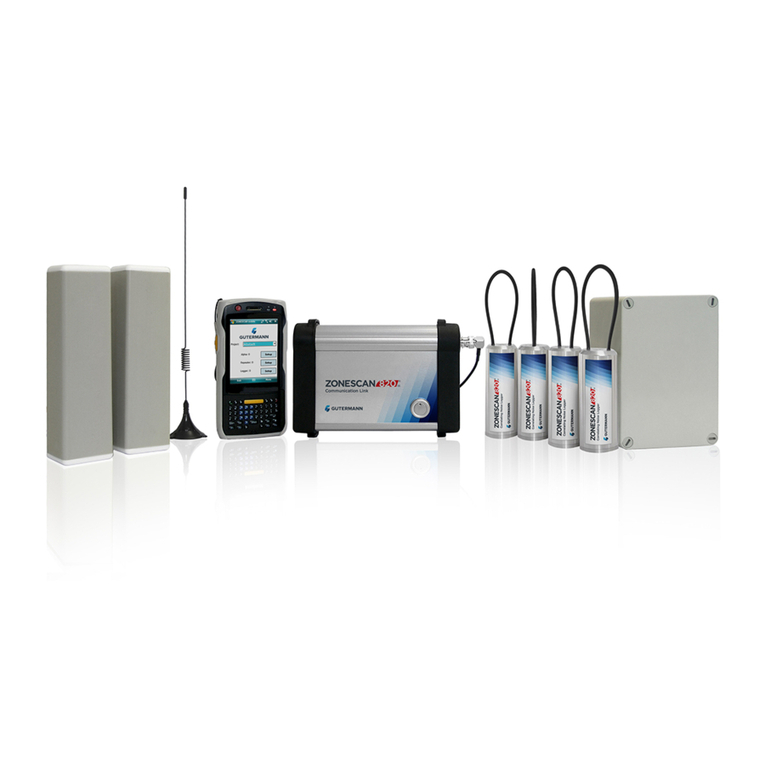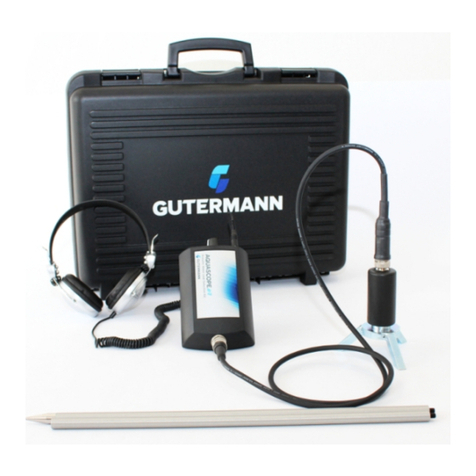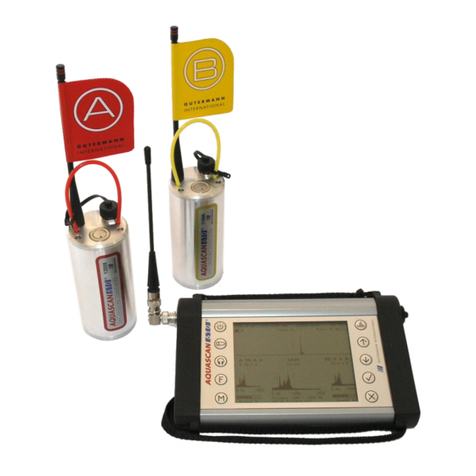Contents
1. Indications for Use....................................................................................2
Symbols..............................................................................................2
Safety .................................................................................................3
Warning ..............................................................................................3
Intended Use ......................................................................................3
System Components ..........................................................................4
Charging all equipment.......................................................................5
2. Quick Start Guide .....................................................................................5
3. Sensors ..................................................................................................18
3.1 Positioning of Accelerometers ..........................................................19
3.2 Antenna Setup....................................Error! Bookmark not defined.
3.3 Installation of Hydrophones ..............................................................20
4. Main Screen............................................................................................22
4.1 . Measurement Graph/Chart.............................................................23
4.2 . Leak Location ................................................................................24
4.3 Correlation Quality............................................................................24
4.4 Indicators..........................................................................................24
4.5 Correlate- Start, Pause and Stop measurement...............................25
4.6 File Keys...........................................................................................25
4.7 Listening to the Sensors ...................................................................26
4.8 Filter Keys.........................................................................................26
4.9 Settings.............................................................................................26
5. Working with Correlation Recordings......................................................28
6. Entering Pipe Sections ...........................................................................29
7. Filter........................................................................................................32
7.1 Notch Filter .......................................................................................32
7.2 Manual Filtering................................................................................33
7.3 Auto Filter .........................................................................................34
7.4 Spot Filter .........................................................................................35

































